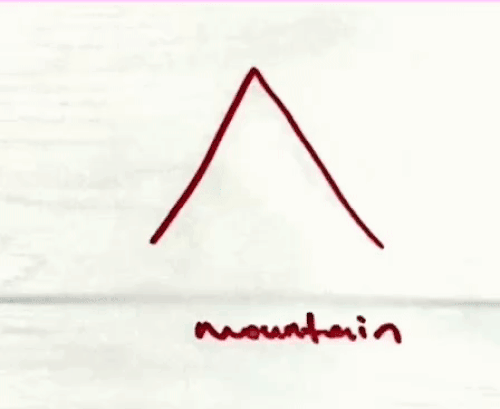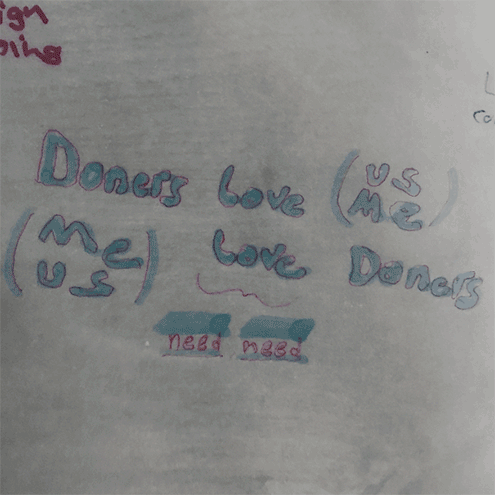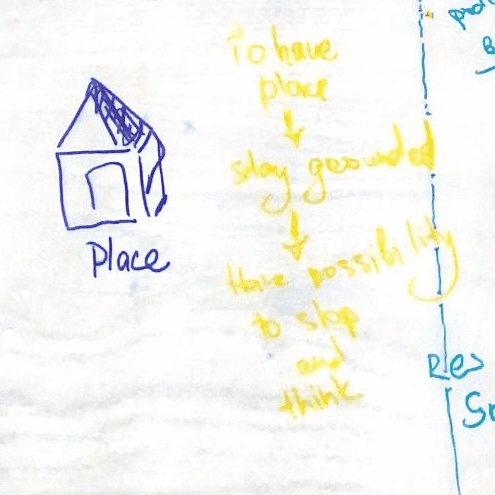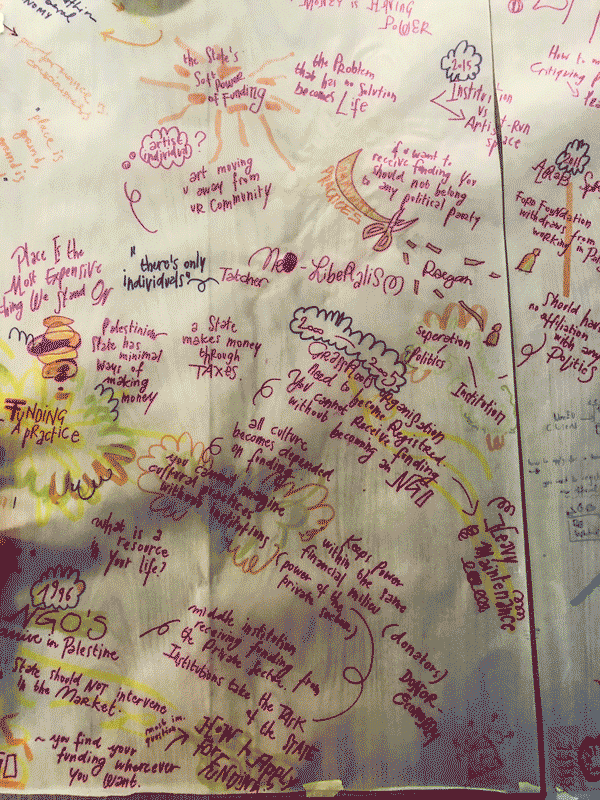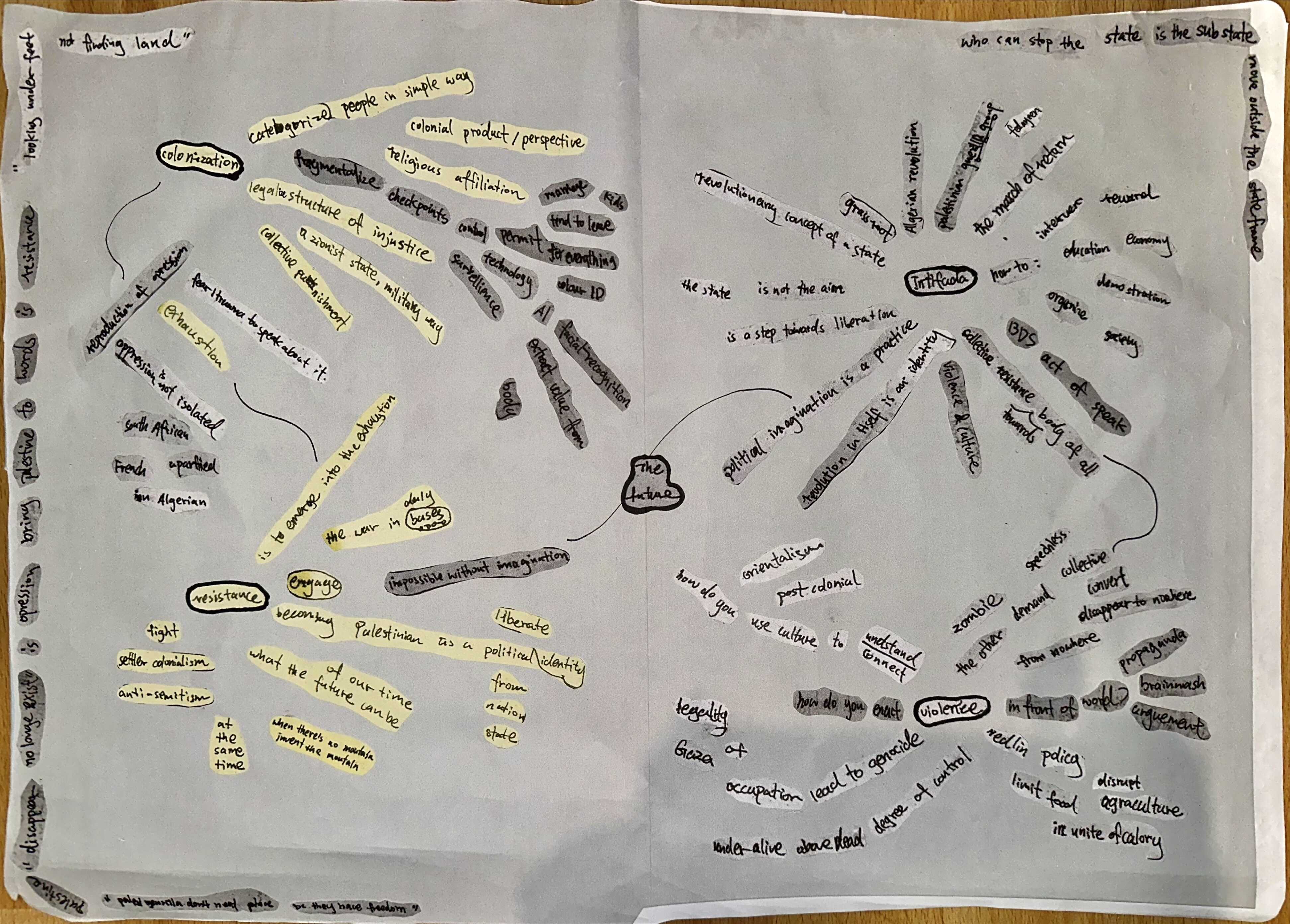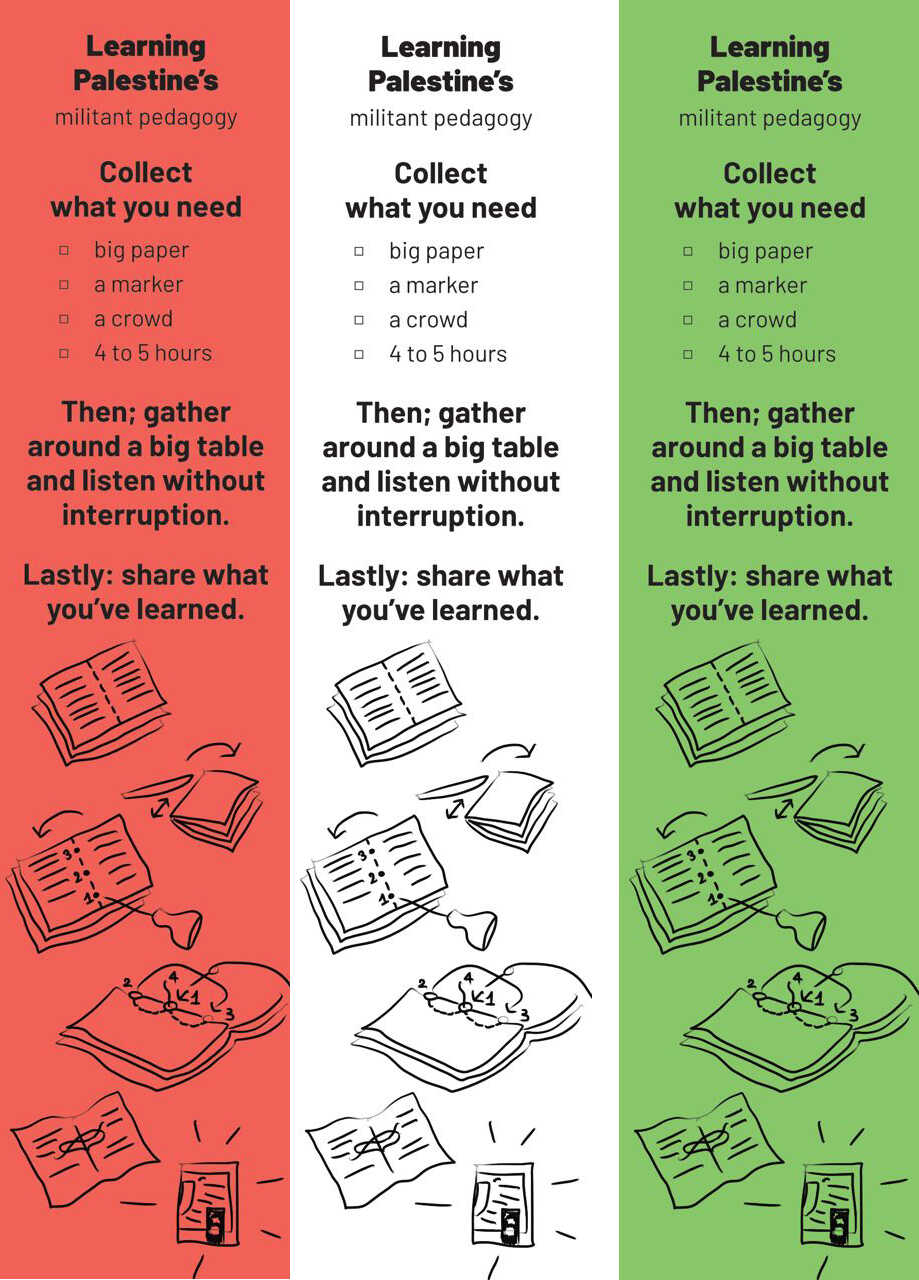May Chronicle by Kıvanç Sert, Anastasia Nefedova, Echo Guo, Chloë Janssens, Qiaoling Cai & Federica Nicastro
Together, we listen, write, draw, make connections, and mind-mapping toward place-making.
Narrative, Gaze, Time
Every line, every punctuation mark or drawing is as important as the story itself. Here in the classroom, the map tells the story, and the voice follows the dates that appear in a big list on a paperboard.
It wasn’t just a map—the act of mapping was weaving the story of the Palestinian struggle.
And the voice
intertwined personal narratives
with historical
and political contexts
made us think about
possible narratives in which
stories can be told.
Not linear stories, but
those that are against colonial history and the imperial regime.
We punch holes in the paper,
thread needles,
and sew the pamphlets,
sow seeds
into the wind, water, and land.
The oppressor's strategy is
to make us lose patience and feel frustrated;
resistance lies in sustained patience.
And then there was time
time that was drawn with the marker

